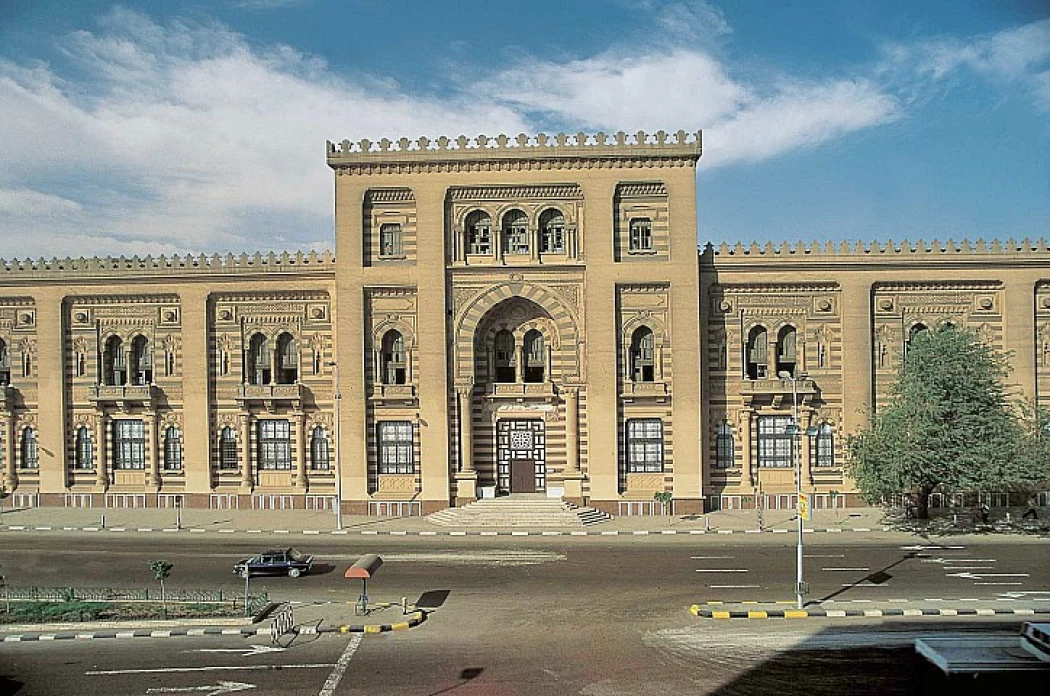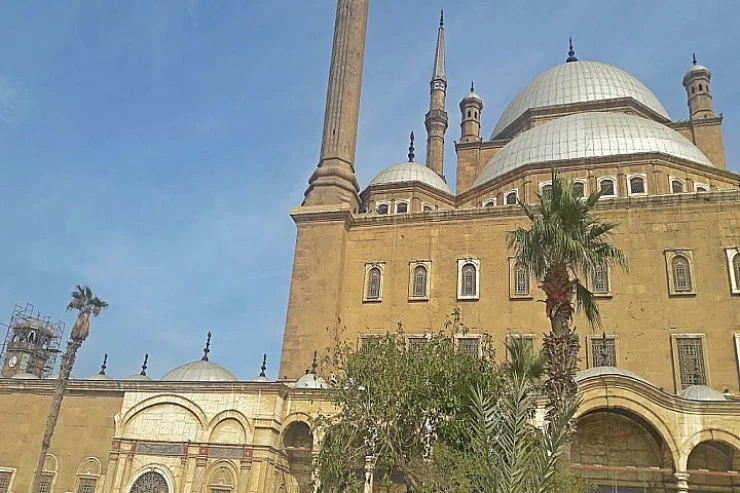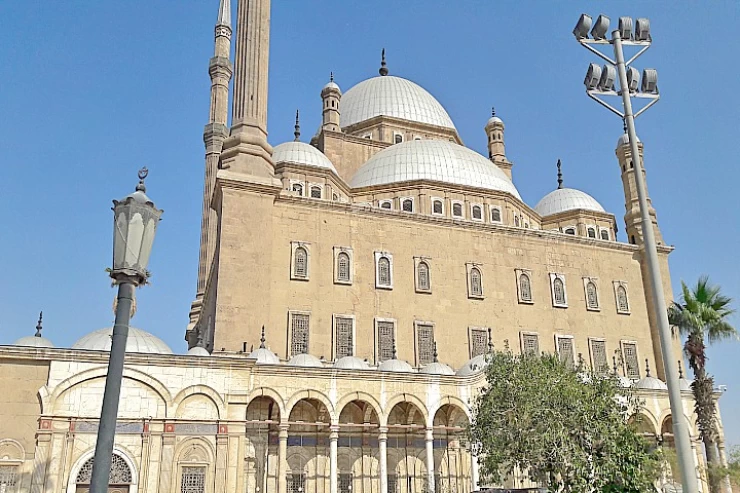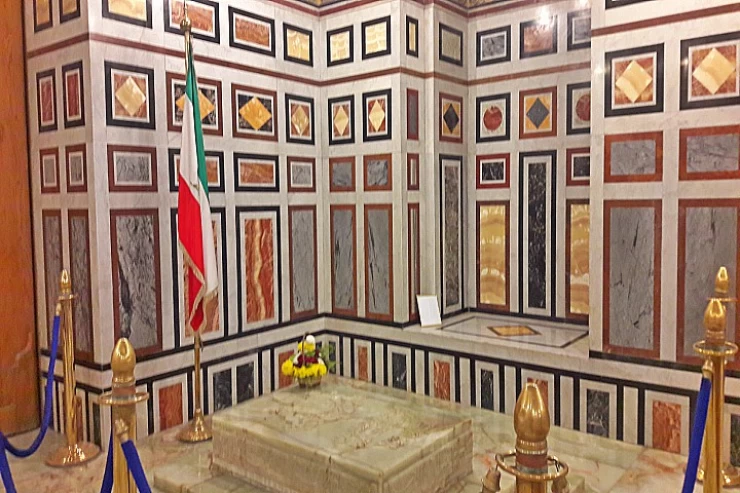
Museum of Islamic Art
Museum of Islamic Art
The Museum of Islamic Art in Cairo is the largest specialized museum in Islamic art in the world. It contains more than 100,000 masterpieces covering all branches of Islamic art in various times. Its art collections have been distinguished by their rich quantity and quality, making it a beacon of Islamic art and civilization throughout its history. It has become debilitating for all researchers, historians and visitors in their different categories, in order to learn about the history of Islamic civilization in various fields of science such as medicine, engineering and astronomy. The museum in its collection possesses manuscripts and antiques connected to medicine, surgery, herbs as well as astronomical instruments like astrolabes, compasses and astronomical balls.
While restoring the Museum of Islamic Art no only building and its collection was improved but an insurance system too much was elaborated by means of installation surveillance cameras and providing it with fire insurance which means protection of things against fire hazard besides this all warehouses should be protected from robbery which would become a big problem in case such units were not introduced there; also restoration units should be developed for this museum which is one of the most important Egyptian museums, but the cards of archaeological holdings have been improved in the displaying proportions.
The exhibition rooms have been modified, where there has been a coin and weapon hall and another for daily life. The museum's private entrance has also been modified, where a finger reviews the holdings of Egyptian civilization and what it has provided to the world. There is also a hall with a giant screen displaying the entire stages of restoration.
The museum also contains paintings containing stories entitled "Our grandparents taught the world", the purpose of which is to introduce the visitor to what our grandparents made and to know our truth, including stories about scientists in the Fatimid era, and the story of every monument, all of which are organized in an integrated manner. On the course of the visit, the museum's left, which includes currency, arms, the eastern Islamic world, writings, weaving, carpets, everyday life, science, gardens, water, and eventually the world of medicine.
After 3 years of work, specifically on January 18, 2017, President Abdel Fattah al-Sisi, President of the Republic, inaugurated the Museum of Islamic Art after the completion of his restoration and rehabilitation project, and the president unveiled the memorial painting, marking the opening of the museum, to return the museum with its new gown to prove to the world that terrorism will never win.

















